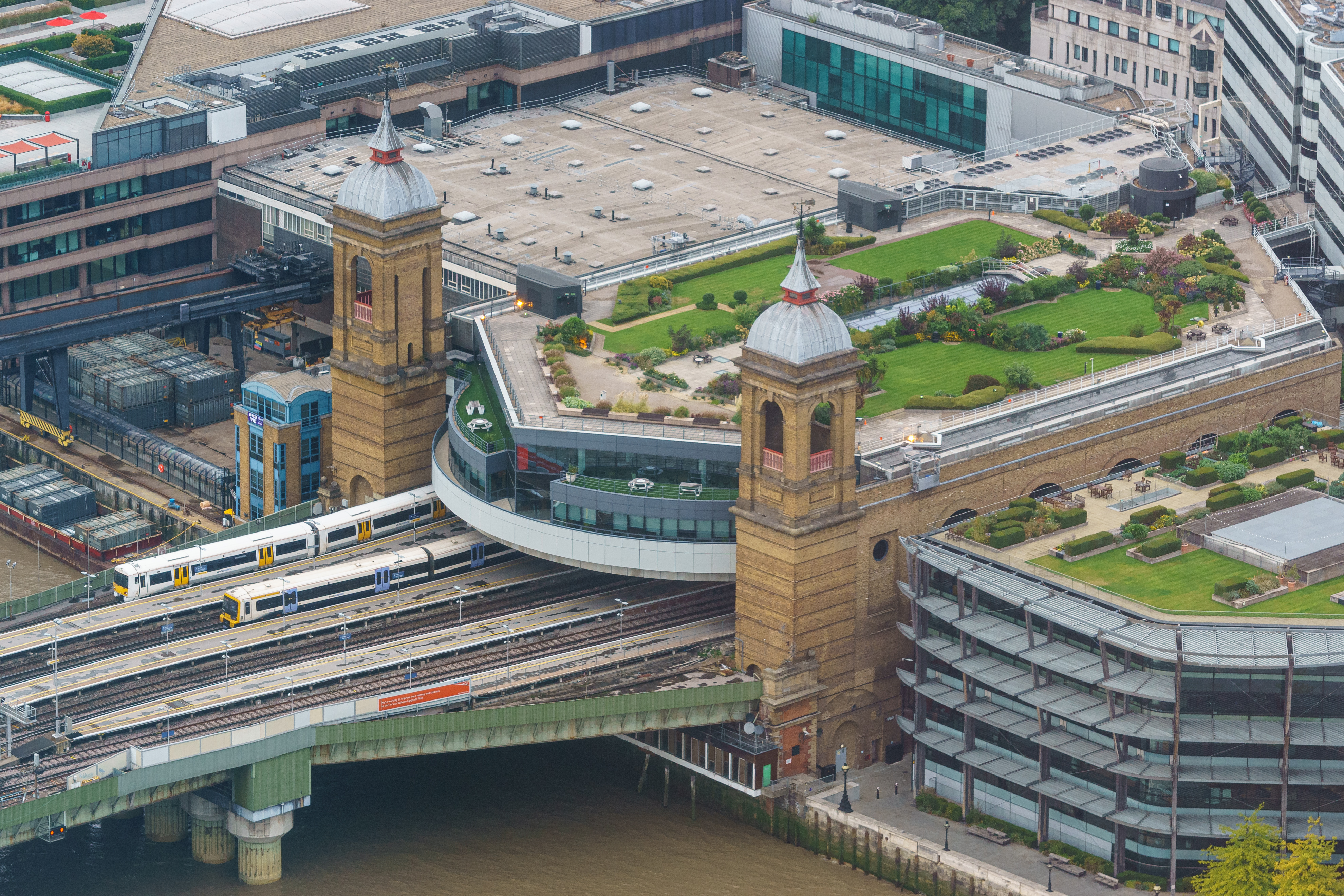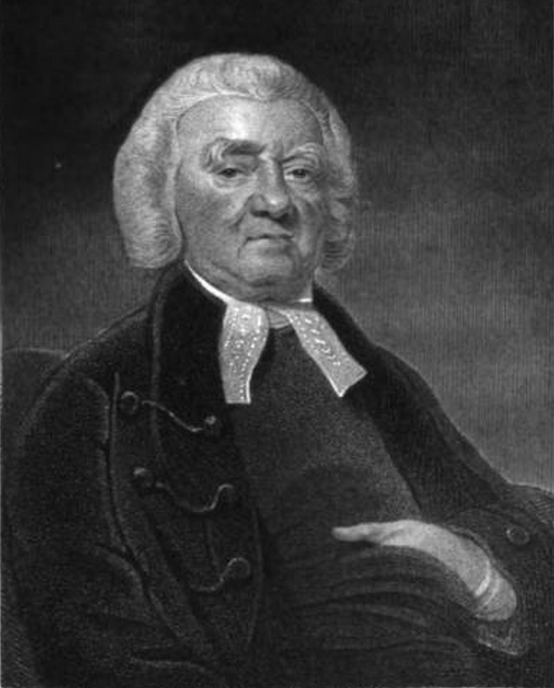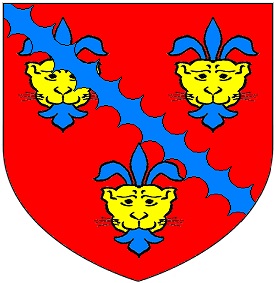|
Worshipful Company Of Dyers
The Worshipful Company of Dyers is one of the Livery Companies of the City of London. The Dyers' Guild existed in the twelfth century; it received a Royal Charter in 1471. It originated as a trade association for members of the dyeing industry but is now mainly a charitable institution. Each year the company participates in the ceremony of Swan Upping along the River Thames. The Dyers' Company ranks thirteenth in the order of precedence of Livery Companies. The company's motto is ''Da Gloriam Deo'', Latin for "Give Glory to God". Current activities The activities of the company are focused on the development of dyeing techniques and the support of various charitable causes. The Dyers' are associated with several organisations, including the Society of Dyers and Colourists, the University of Leeds and Heriot Watt University. The company also maintains the Dyers Almshouses, a group of 28 almshouses built between 1939 and 1971, in the Northgate area of Crawley, West Sussex ... [...More Info...] [...Related Items...] OR: [Wikipedia] [Google] [Baidu] |
Dowgate
Dowgate, also referred to as ''Downgate'' and ''Downegate'', is a small ward in the City of London, the historic and financial centre of London. The ward is bounded to the east by Swan Lane and Laurence Poutney Lane, to the south by the River Thames, to the west by Cousin Lane and College Hill, and to the north by Cannon Street. It is where the "lost" Walbrook watercourse emptied into the Thames. A number of City livery companies are quartered in the ward: the Worshipful Company of Dyers, Worshipful Company of Innholders, Worshipful Company of Skinners and Worshipful Company of Tallow Chandlers. There is one church, St. Michael Paternoster, where, in addition to its local and congregational causes, the Anglican Mission to Seafarers convenes and fundraises. The ward also contains Cannon Street station, which is on the site of the Steelyard (a mediaeval trading port of the Hanseatic League), and Dowgate Fire Station on Upper Thames Street, the only London Fire Brigade station w ... [...More Info...] [...Related Items...] OR: [Wikipedia] [Google] [Baidu] |
Almshouses
An almshouse (also known as a bede-house, poorhouse, or hospital) was charitable housing provided to people in a particular community, especially during the medieval era. They were often targeted at the poor of a locality, at those from certain forms of previous employment, or their widows, and at elderly people who could no longer pay rent, and are generally maintained by a charity or the trustees of a bequest (alms are, in the Christian tradition, money or services donated to support the poor and indigent). Almshouses were originally formed as extensions of the church system and were later adapted by local officials and authorities. History Many almshouses are European Christian institutions though some are secular. Almshouses provide subsidised accommodation, often integrated with social care resources such as wardens. England Almshouses were established from the 10th century in Britain, to provide a place of residence for poor, old and distressed people. They were someti ... [...More Info...] [...Related Items...] OR: [Wikipedia] [Google] [Baidu] |
1471 Establishments In England
Year 1471 ( MCDLXXI) was a common year starting on Tuesday (link will display the full calendar) of the Julian calendar. Events January–December * January – Portuguese navigators João de Santarém and Pedro Escobar reach the gold-trading centre of Elmina on the Gold Coast of west Africa. and explore Cape St. Catherine, two degrees south of the equator, so that they begin to be guided by the Southern Cross constellation. They also visit Sassandra on the Ivory Coast. * March 1 – Emperor Lê Thánh Tông captures the Champa capital, establishing new regions in middle Vietnam. * March – The Yorkist King Edward IV returns to England to reclaim his throne. * April 14 – Battle of Barnet: Edward defeats the Lancastrian army under Warwick, who is killed. * May 4 – Battle of Tewkesbury: King Edward defeats a Lancastrian army under Queen Margaret and her son, Edward of Westminster the Prince of Wales, who is killed. * May 21 – King Edward I ... [...More Info...] [...Related Items...] OR: [Wikipedia] [Google] [Baidu] |
Panther (legendary Creature)
A Panther is a creature in ancient legend that resembles a big cat with a multicoloured hide. According to medieval beliefs, after feasting the panther will sleep in a cave for a total of three days. After this period ends, the panther roars, in the process emitting a sweet smelling odor. This odor draws in any creatures who smell it (the European dragon, dragon being the only creature immune); they are eaten by the panther, and the cycle begins again. The ancient Greeks believed the panther was one of the favored mounts of the god Dionysus. Other names for this creature are pantera, pantere, and love cervere. Illustration Usually depicted as a type of cat, the panther was at times depicted in other forms. It was depicted as a donkey, as a composite creature with a horned head, long neck and a horse's body, and as a host of other forms. (The word "panther", in Greek, could be interpreted as "every wild beast", supporting the idea of a composite creature.) This was mostly bec ... [...More Info...] [...Related Items...] OR: [Wikipedia] [Google] [Baidu] |
Great Fire Of London
The Great Fire of London was a major conflagration that swept through central London from Sunday 2 September to Thursday 6 September 1666, gutting the medieval City of London inside the old Roman city wall, while also extending past the wall to the west. The death toll is generally thought to have been relatively small, although some historians have challenged this belief. The fire started in a bakery in Pudding Lane shortly after midnight on Sunday 2 September, and spread rapidly. The use of the major firefighting technique of the time, the creation of firebreaks by means of removing structures in the fire's path, was critically delayed due to the indecisiveness of the Lord Mayor, Sir Thomas Bloodworth. By the time large-scale demolitions were ordered on Sunday night, the wind had already fanned the bakery fire into a firestorm which defeated such measures. The fire pushed north on Monday into the heart of the City. Order in the streets broke down as rumours arose of ... [...More Info...] [...Related Items...] OR: [Wikipedia] [Google] [Baidu] |
London Bridge
Several bridges named London Bridge have spanned the River Thames between the City of London and Southwark, in central London. The current crossing, which opened to traffic in 1973, is a box girder bridge built from concrete and steel. It replaced a 19th-century stone-arched bridge, which in turn superseded a 600-year-old stone-built medieval structure. This was preceded by a succession of timber bridges, the first of which was built by the Roman founders of London. The current bridge stands at the western end of the Pool of London and is positioned upstream from previous alignments. The approaches to the medieval bridge were marked by the church of St Magnus-the-Martyr on the northern bank and by Southwark Cathedral on the southern shore. Until Putney Bridge opened in 1729, London Bridge was the only road crossing of the Thames downstream of Kingston upon Thames. London Bridge has been depicted in its several forms, in art, literature, and songs, including the nursery rh ... [...More Info...] [...Related Items...] OR: [Wikipedia] [Google] [Baidu] |
St Saviour's And St Olave's Church Of England School
St Saviour's and St Olave's Church of England School is a secondary school and sixth form for girls located on New Kent Road near Elephant and Castle, in the London Borough of Southwark, England. It is a voluntary aided Church of England school in the Anglican Diocese of Southwark and is affiliated to the Woodard Schools group. History The school was founded in 1903 as a girls' grammar school to complement St Olave's and St Saviour's Grammar School for boys, after the Charity Commissioners had required that girls in the area should be afforded some equality of education, and the Governors of the joint foundation agreed to use their endowment to provide this. Both schools are beneficiaries of the charitable St Olave's and St Saviour's Schools Foundation, which in turn is a beneficiary of The Dulwich Estate, successor to the historic College of God's Gift charity. (See also St Saviour's Grammar School, and St Olave's Grammar School.) On examination of the separate governing inst ... [...More Info...] [...Related Items...] OR: [Wikipedia] [Google] [Baidu] |
Norwich School
Norwich School (formally King Edward VI Grammar School, Norwich) is a selective English independent day school in the close of Norwich Cathedral, Norwich. Among the oldest schools in the United Kingdom, it has a traceable history to 1096 as an episcopal grammar school established by Herbert de Losinga, first Bishop of Norwich. In the 16th century the school came under the control of the city of Norwich and moved to Blackfriars' Hall following a successful petition to Henry VIII. The school was refounded in 1547 in a royal charter granted by Edward VI and moved to its current site beside the cathedral in 1551. In the 19th century it became independent of the city and its classical curriculum was broadened in response to the declining demand for classical education following the Industrial Revolution. Early statutes declared the school was to instruct 90 sons of Norwich citizens, though it has since grown to a total enrolment of approximately 1,020 pupils. For most of its hi ... [...More Info...] [...Related Items...] OR: [Wikipedia] [Google] [Baidu] |
Archbishop Tenison's School
Archbishop Tenison's School, commonly known as Tenison's, is a Church of England mixed secondary school located in the London Borough of Lambeth. Admissions Tenison's is an 11–16 boys and girls comprehensive school, part of the educational provision of the Anglican Diocese of Southwark and the London Borough of Lambeth. The school caters for around 530 pupils. The school is located directly opposite The Oval cricket ground, home of Surrey County Cricket Club. History Thomas Tenison, an educational evangelist and later Archbishop of Canterbury, founded several schools in the late 17th and early 18th centuries. A boys' school now at the Oval was founded in 1685 in the crypt of St Martin's in the Fields and relocated by 1895 in Leicester Square on the site previously occupied by the Sabloniere Hotel. The school moved to The Oval in 1928, with the new building being opened by the then Prince of Wales (later King Edward VIII). A girls' school was formally established in 1706 for 1 ... [...More Info...] [...Related Items...] OR: [Wikipedia] [Google] [Baidu] |
Crawley
Crawley () is a large town and borough in West Sussex, England. It is south of London, north of Brighton and Hove, and north-east of the county town of Chichester. Crawley covers an area of and had a population of 106,597 at the time of the 2011 Census. The area has been inhabited since the Stone Age, and was a centre of ironworking in Roman times. Crawley developed slowly as a market town from the 13th century, serving the surrounding villages in the Weald. Its location on the main road from London to Brighton brought passing trade, which encouraged the development of coaching inns. A rail link to London opened in 1841. Gatwick Airport, nowadays one of Britain's busiest international airports, opened on the edge of the town in the 1940s, encouraging commercial and industrial growth. After the Second World War, the British Government planned to move large numbers of people and jobs out of London and into new towns around South East England. The New Towns Act 1946 design ... [...More Info...] [...Related Items...] OR: [Wikipedia] [Google] [Baidu] |
Northgate, West Sussex
Northgate is one of the 14 residential neighbourhoods in Crawley, a town and borough in West Sussex, England. Crawley was planned and laid out as a New Town after the Second World War, based on the principle of self-contained neighbourhoods surrounding a town centre of civic and commercial buildings. Northgate was one of the four in the "inner ring" closest to the town centre, and was the second to be completed: almost all building work on the site took place in the first half of the 1950s. Northgate is bordered by West Green to the west, Langley Green to the north, Three Bridges to the east and the town centre and Southgate to the south. It is one of the smaller neighbourhoods in the town, but has the standard range of buildings as proposed in the 1940s masterplan: churches, a pub, a shopping parade, a primary school, and housing of various styles and layouts. Some older, pre-New Town buildings remain, including three with listed status and the locally listed Dyers Alms ... [...More Info...] [...Related Items...] OR: [Wikipedia] [Google] [Baidu] |





_by_Claes_Van_Visscher.jpg)

